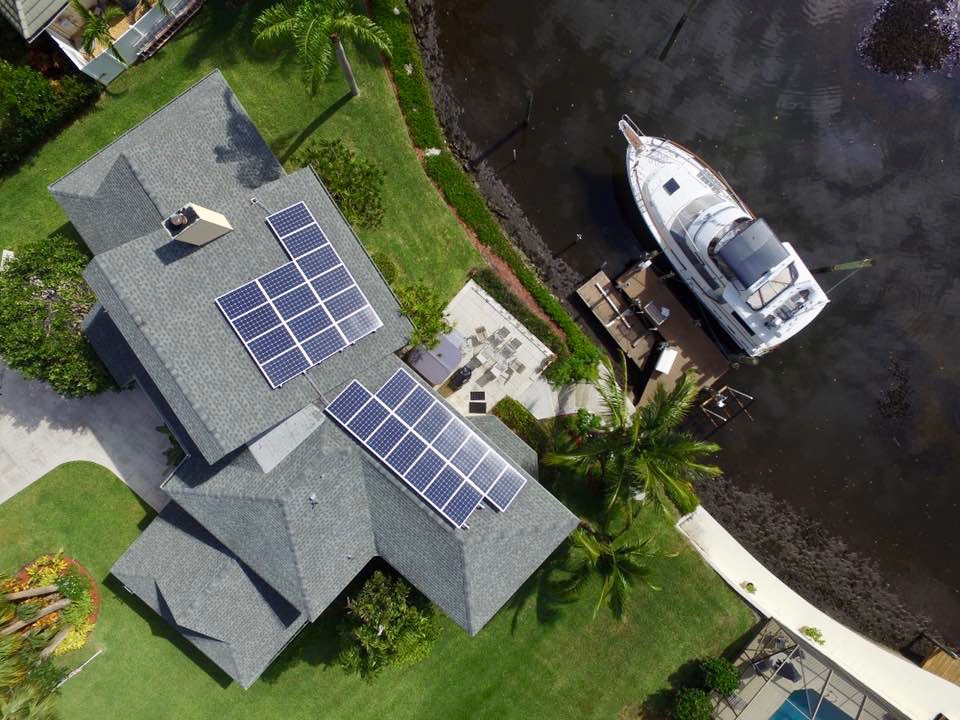The U.S. solar market, with over 1 million installations, may find the next million and more to be rougher sledding. Even before the Section 201 tariffs imposed by Donald Trump, growth rates have slowed down in the residential market. Part of this slowdown is a death by a thousand cuts as utilities and some states negatively impact net metering, customer charges, incentives, failures to net metering program caps and other aspects needed for market growth.
A more fundamental challenge is the still stubbornly high cost of solar installations, especially residential, in the U.S. For residential PV systems installed in the U.S., the average price is about $3.50/watt, according to national laboratory estimates, which is about twice as expensive for similar systems in Germany, and considerably higher than markets like Japan or Australia. While hardware costs of modules, inverters and mounting systems are higher in the U.S., a bigger difference is in non-hardware, or “soft” costs. U.S. “soft” costs run about $2.25/watt, or nearly 2/3 of an installation cost, versus Germany’s just over $1/watt, a little more than half the cost.
Major soft cost reductions will be a way to reduce the impact of tariffs and other punitive actions on PV, as well as strengthening long term economic viability. One category where costs can be reduced is in permitting, inspections and zoning, where fees and red tape can hobble or stifle PV installations, especially at the residential scale. Like politics, this activity is mainly local. There are about 36,000 municipal, township and county governments typically responsible for permits, inspections and zoning. The individualistic tendencies in the foundation of this nation have given us a decentralized system, but local government in the United States often means a lack of standardization and transparency, with insularity, opaque transactions and resistance to change crippling innovations like PV.
The PV community has been struggling with this challenge for decades, with partnerships being developed between industry, government and associations. One such program is SolSmart, a Sun Shot Initiative of the U.S. Department of Energy. SolSmart recognizes communities for taking steps to reduce solar costs and barriers and provides technical assistance and acknowledgement of efforts. Hundreds of communities are active, with 181 localities so far receiving Bronze, Silver or Gold levels of recognition.
One such partnership is in Palm Beach County, Florida, assisted by SolSmart Advisor Jennifer Barenholtz and others. Progress has been made and ongoing in permit fee revisions, permitting, planning and zoning, and inspections in the localities of Boynton Beach, Delray Beach, Lake Worth, Lantana, West Palm Beach as well as the county itself. These activities are excellent examples of the nitty gritty achievements necessary for real progress in solar development in communities.
Previously, localities were charging permit fees of 2.5-3.0% of the valuation of a solar project. This could mean the permit for a 10 kW, $30,000 installation could range from $750 to $900. Instead, flat fees for installations of 10 kW or less were assessed at $400 to $450. Lantana is reported to have completed this step, with most of the other localities in process. The permitting process itself is in the works to be streamlined to three days or less with West Palm Beach and Lantana reported to be completed and Boynton Beach and Lake Worth in the works.
West Palm Beach is also developing a walk thru process that can be completed as quickly as 15 minutes after sitting down with the Electrical Plan Examiner. Forms and templates were simplified, standardized and available online. Previous permitting processes took up to two weeks and involved four different departments.
Ordinance changes were put through in planning and zoning for localities and the county to allow accessory use of PV by right in all major zones. These changes were backed by a Florida statute that forbids homeowner associations and related entities from prohibiting solar installations. Boynton Beach already had this in their code, with Lantana and West Palm Beach reported to complete this step. The inspection process was changed to require no more than two inspections for PV and scheduling of inspections of no more than ten days. Lantana and West Palm Beach are reported to have completed this action.
These cost and process improvements can save installers and their customers hundreds or thousands of dollars in soft costs, plus saving time and encouraging solar business growth and economic development. These pro-solar actions have earned West Palm Beach a SolSmart Gold designation, the highest, and Palm Beach County a Silver. Lake Worth and Lantana have Bronze designations and are aiming for higher levels. Del Ray Beach has a Bronze designation and Boynton Beach just joined SolSmart and is going for Gold. Barenholtz and other SolSmart advisors also provide education and technical assistance to the public on going solar through incentives, PACE financing, solar co-ops and other topics.
This content is protected by copyright and may not be reused. If you want to cooperate with us and would like to reuse some of our content, please contact: editors@pv-magazine.com.








I am trying to install a 4000 watt microinverter solar system in the City of Orlando. I have always pulled permits as a homeowner. But the Chief electrical Inspector will not allow me get a permit to do the work myself. He said because of interconnection issues. He can’t give me a good reason why I have to hire a Electrical contractor to connect a 30 amp breaker. This is a easy job almost “plug and play” and it is irritating that I am being forced to hire a Electrical contractor to make a connection to a breaker. What can I do?
Kevin, have you tried contacting the Florida Solar Energy Industries Association? They ought to help you.